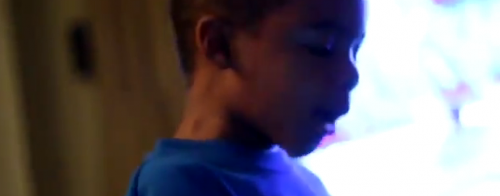 In 1999 Jackson Katz headlined a documentary that powerfully revealed the mask of masculinity, a pretense of stoicism and readiness for violence that many men feel compelled to put on, at least part of the time. The film, Tough Guise: Violence, Manhood, and American Culture, became a staple in classes on gender across the country.
In 1999 Jackson Katz headlined a documentary that powerfully revealed the mask of masculinity, a pretense of stoicism and readiness for violence that many men feel compelled to put on, at least part of the time. The film, Tough Guise: Violence, Manhood, and American Culture, became a staple in classes on gender across the country.
Today marks the release of Tough Guise 2 and SocImages was given the honor of debuting an exclusive clip from the new film. In the segment below, Katz explains that men aren’t naturally violent but, instead, often learn how to be so. Focusing on socialization, however, threatens to make invisible the socialization agents. In other words, Katz argues, men don’t just learn to be more violent than they otherwise would be, they are actively taught.
He begins with the fact that the video game and film industries both take money from companies that make firearms to feature their products. The U.S. military then uses the video game Call of Duty for recruitment and training. It’s no use arguing whether the media, the military, or the gun industry are responsible for rates of violence, he observes, since they’re in cahoots. These extreme examples intersect with the everyday, mundane lessons about the importance of being “real men” that boys and men receive from the media and their peers, parents, coaches, and more.
This update of the original will tell the compelling story about manhood and violence to a new generation and remind older ones of the ongoing crisis of masculinity in America.
Cross-posted at Pacific Standard.
Lisa Wade, PhD is an Associate Professor at Tulane University. She is the author of American Hookup, a book about college sexual culture; a textbook about gender; and a forthcoming introductory text: Terrible Magnificent Sociology. You can follow her on Twitter and Instagram.







